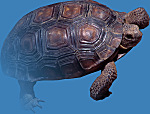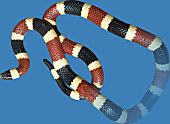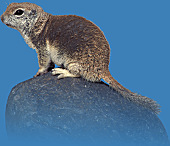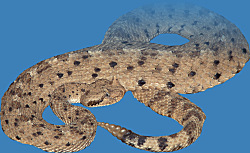
|

















Contents: NWS
Layout: F. Geller-Grimm
Photos: © Krabbe-Paulduro
|

|

Survival Strategies of Animals Just like the plants, animals have to face the extreme desert conditions. Besides lack of water, temperature, exposure to sunlight and shortage of food are the main stress factors which require special adaptations:
- Shortage of water

- Mammals are often able to drink large quantities of water within a short period of time (camel, donkey)
- Animals excrete mostly dry droppings containing concentrated uric acid.
- Desert animals possess only few sweat glands or none at all.
- Many animals are able to obtain water from their food, even if it is air-dried.
- Due to a change in the fat metabolism, water can be obtained within the body cells.
- Animals walk very far to get to the next waterhole.
- Temperature

- Animals are primarily active at dusk and at dawn. During the hottest and coldest times of the day and night, the animals hide underground or under rocks.
- Vertebrates partially are able to actively adapt their body temperature to their surroundings (the camel even up to 6° C).
- Many mammals have big ears to lose excess heat (desert fox, jackrabbit).
- Exposure to Sunlight

- Thanks to special skin surfaces the harmful UV-rays are being reflected or absorbed.
- Animals avoid intense sunlight by choosing shaded places or a favourable positioning of their body.
- Shortage of Food

- Many animals can survive without food for long periods of time.
- Some animals reduce their level of activity and their metabolism.
- The animals only reproduce when enough food is available.
- Animals will travel long distances to areas where the food supply is temporarily elevated.

|

|






